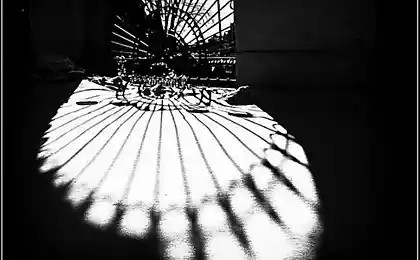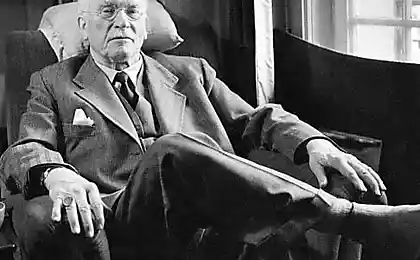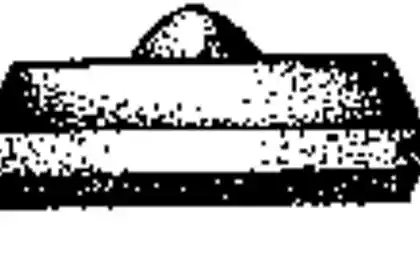243
Make Friends with Your Shadow: Carl Jung (Part 1)

In the depths of the human psyche lurks something mysterious and frightening - our shadow. The Shadow concept, developed by Swiss psychiatrist Carl Gustav Jung, is one of the most intriguing and practical aspects of analytical psychology. Let’s dive into this fascinating world of inner contradictions and hidden possibilities.
What is Shadow?

The shadow, by Jung’s definition, is the part of our personality that we refuse to recognize. It’s not just the dark side, it’s a complex of repressed desires, unrecognized impulses, and rejected qualities.
Shaping the Shadow
Current research in neuropsychology confirms Jung’s observation that our brains do “filter” certain aspects of personality in the process of socialization. This happens mainly in early childhood, when we learn to live up to society’s expectations.
The process of Shadow formation includes several key stages:
- Primary socialization (2-5 years): a child begins to distinguish between “good” and “bad” behavior
- School Period: Increased suppression of “unacceptable” traits
- Adolescence: Active formation of the Persona (social mask) and deepening of the Shadow
- Adulthood: Continuing the process of crowding out unwanted aspects of personality
Signs of an unrecognized Shadow
Modern psychology has identified several key indicators of an active but unrecognized Shadow:
1. projection
Studies show that people most often notice in others those qualities that suppress in themselves. This is the classical projection mechanism described by Jung and confirmed by modern research in cognitive psychology.
2. Emotional triggers
Disproportionately strong emotional responses to certain qualities or behaviors of others often point to aspects of our own Shadow.

Practical steps towards Shadow integration
Working with the Shadow is not just a psychological concept, but a practical path to the integrity of the individual. Research suggests that mindful working with the Shadow can lead to significant improvements in psychological well-being.
Methods of working with Shadow:
1. Active imagination
The technique developed by Jung involves dialogue with images from the unconscious. Modern research confirms the therapeutic effectiveness of this method.
2. Keeping a diary
Regular written reflection helps identify patterns of projections and triggers. Studies show that this method is especially effective when combined with psychotherapy.
3. Working with dreams
Modern neuroscience confirms the importance of dreams in the process of integrating mental material. Jung considered dreams the “royal road” to the unconscious.
Benefits of Shadow Integration
Research in psychology shows that successful Shadow integration leads to:
- Increase creativity and innovative thinking
- Improving emotional regulation
- Deeper and more satisfying relationships
- Increasing psychological stability
Conclusion
The concept of Jung’s Shadow remains one of the most powerful tools for self-discovery and personal growth. In the next part, we will look at the deeper aspects of working with the Shadow and the practical techniques of integrating it into everyday life.
Understanding and accepting your Shadow is not just psychological work, it is the path to a fuller, more authentic and more creative life. Jung said, “Until you make the unconscious conscious, it will guide your life, and you will call it destiny.”























